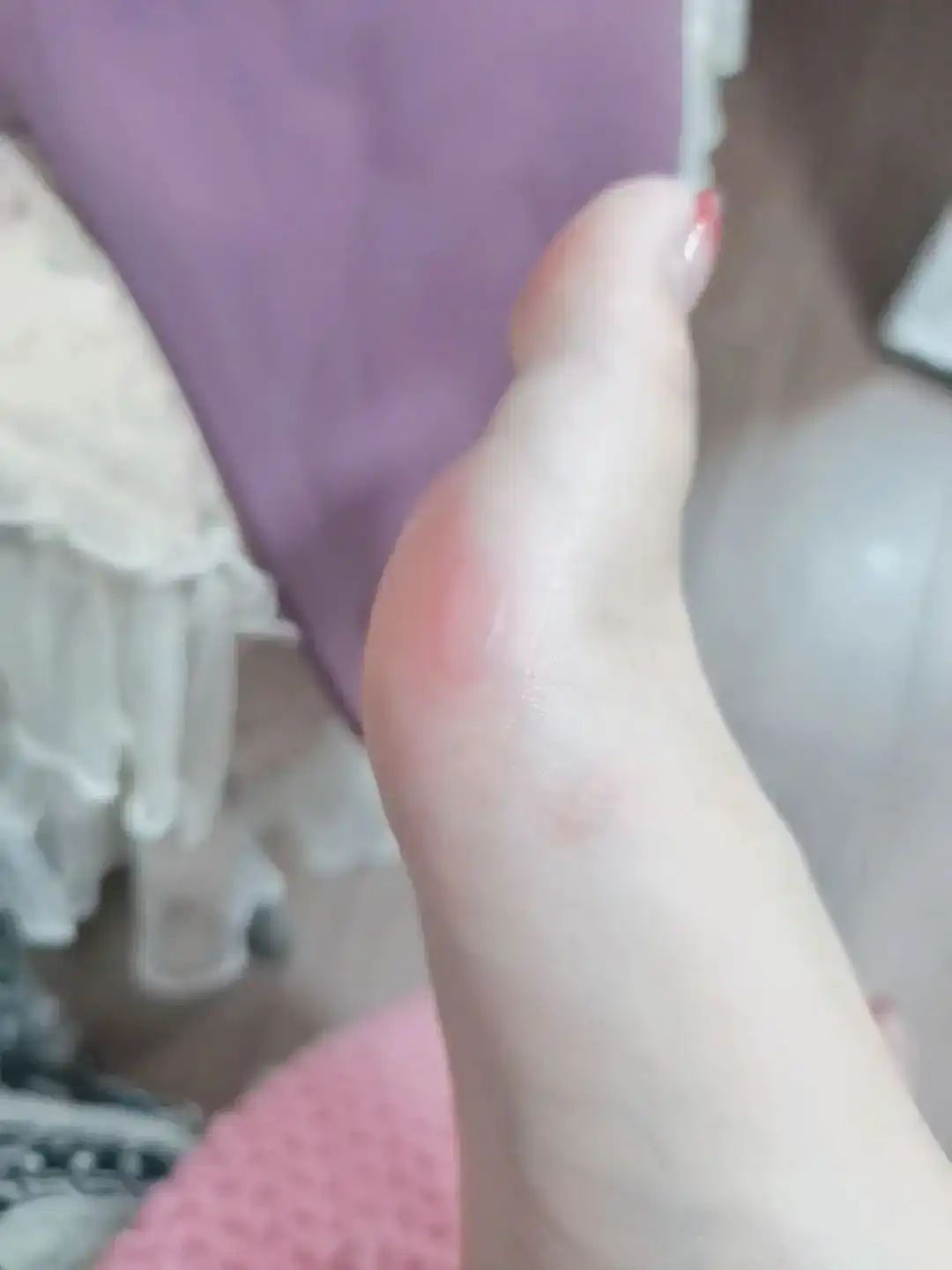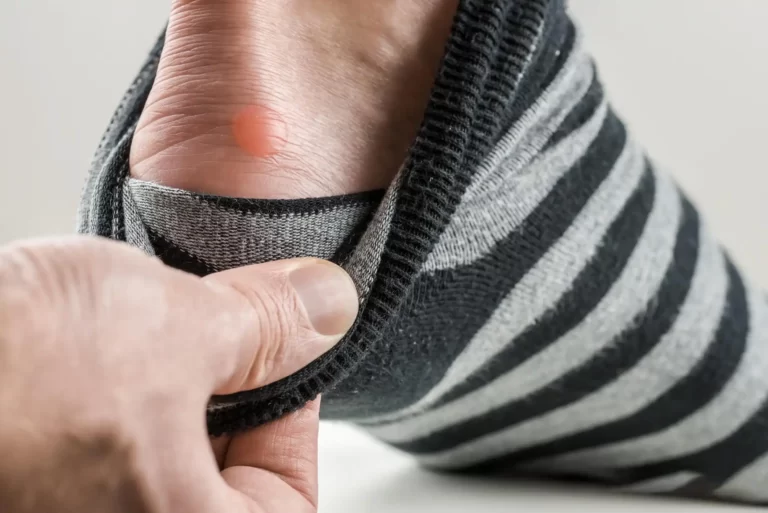Best Insoles for Blisters: Top Choices for Maximum Comfort and Protection
Finding the right insoles can make a big difference for those prone to blisters. Soft, cushioned insoles with moisture-wicking materials help reduce friction and prevent blisters from forming. Selecting high-quality insoles can provide comfort and support, making walking or standing for long periods much more enjoyable.
Several options available on the market are designed specifically for blister prevention. Insoles that feature arch support and shock absorption can minimize movement inside the shoe, further reducing the chance of pesky blisters developing. They come in various sizes and styles, ensuring that anyone can find a pair that suits their needs.
Understanding the best insoles for blisters can help people stay comfortable during activities like walking, hiking, or working long hours on their feet. This guide will explore top choices and what makes them effective for blister prevention.
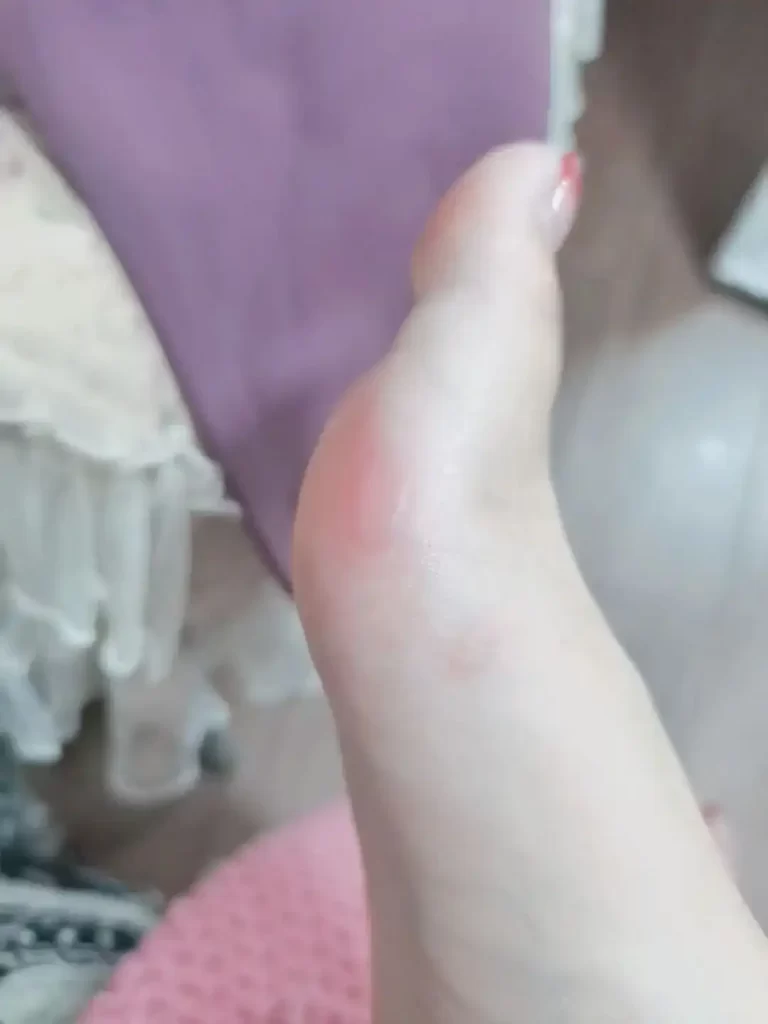
Understanding Blisters and Footwear
Blisters occur when skin rubs against shoes or socks, causing irritation. This friction leads to fluid-filled pockets between skin layers. Recognizing the signs of blisters is key to preventing them.
Common Signs of Blisters:
- Redness
- Heat
- Burning sensation
Choosing the right footwear is essential for prevention. Ill-fitting shoes can increase friction, making blisters more likely.
Tips for Footwear Selection:
- Fit: Shoes should feel snug but not too tight.
- Material: Breathable materials help reduce moisture and friction.
- Cushioning: Adequate cushioning can absorb shock and lessen pressure points.
In addition to proper shoes, the use of insoles can help. They provide extra support and reduce friction.
Types of Insoles to Consider:
- Moisture-Wicking Insoles: These help manage sweat.
- Cushioned Insoles: Offer more padding and comfort.
- Arch Support Insoles: Provide stability and reduce movement inside the shoe.
By understanding how blisters form and the role of footwear, individuals can take effective steps to prevent them. The right combination of shoes and insoles is vital for blister prevention.
The Role of Insoles in Blister Prevention
Insoles play a critical role in preventing blisters by addressing key factors such as material properties, cushioning, and fit. By understanding these aspects, individuals can make informed choices in selecting the right insoles for their needs.
Material Properties and Skin Protection
The materials used in insoles significantly affect their ability to prevent blisters. High-quality materials like EVA provide excellent shock absorption and flexibility. These properties help minimize friction against the skin.
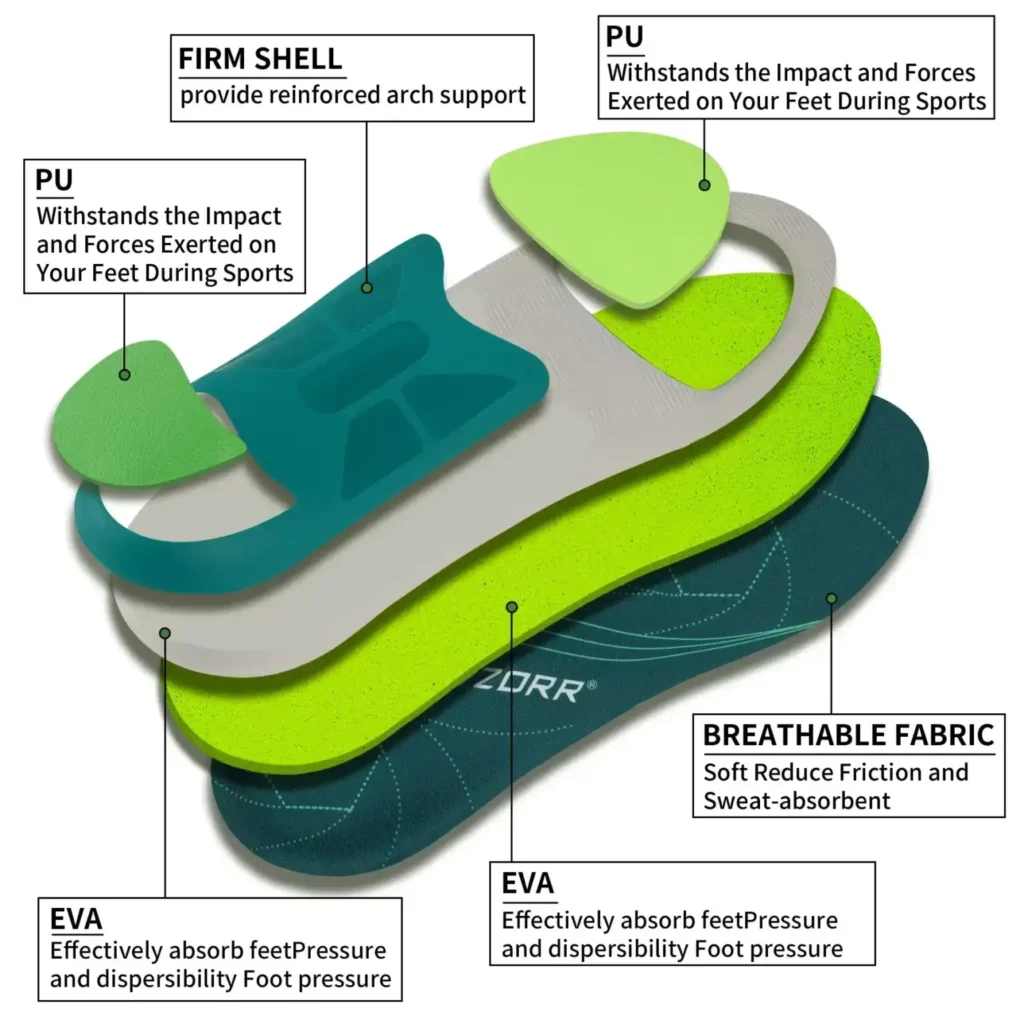
In addition, breathable materials can wick away moisture, keeping feet drier. Moisture can lead to blisters, so choosing insoles that offer moisture management is essential.
Moreover, certain materials include anti-microbial treatments. This feature can help reduce odor and create a healthier environment for feet. Common materials to look for include EVA foam and gel, both known for their protective qualities.
Cushioning and Pressure Distribution
Cushioning is vital for blister prevention. Insoles with adequate cushioning reduce the impact on feet. This impact can create hotspots that may lead to blisters.
Effective pressure distribution is also important. Insoles designed to evenly distribute weight can reduce uneven pressure points. When pressure is evenly spread, the risk of skin irritation decreases.
Insoles with medium to high arch support provide extra stability. This support helps align the foot properly during movement. When the foot is well-aligned, the chances of friction and blister formation diminish significantly.
Fit Adjustment and Reduced Friction
A proper fit can make a substantial difference in preventing blisters. Insoles that conform to the foot shape can reduce the movement inside the shoe. Less movement means less friction, which is a key cause of blisters.
Some insoles also come with adjustable features, such as removable layers. These layers can be customized for personal comfort and fit. The better the fit, the less likely the occurrence of blisters.
Insoles that feature a textured surface can further reduce friction. These designs help grip the foot and keep it in place, minimizing slipping. Proper fit, combined with the right materials, can greatly enhance blister prevention measures.
Features to Look for in Insoles for Blisters
Choosing the right insoles can help prevent blisters and improve comfort. Important features include proper arch support, a well-designed heel cup, and materials that promote breathability and moisture control.
Arch Support Types
Arch support is critical for preventing blisters. Insoles come in various arch types, including low, medium, and high support. The right type depends on the individual’s foot shape.
- Low Arch Support: Best for flat feet, these insoles provide stability and reduce friction.
- Medium Arch Support: Suitable for most foot shapes, offering balance without over-correcting.
- High Arch Support: Ideal for high-arched feet, these insoles offer firm support to prevent rolling and excessive movement.
Selecting the correct arch support can significantly minimize the risk of blisters by ensuring proper foot alignment.
Heel Cup and Contouring
A well-designed heel cup is essential for blister prevention. It should cradle the heel securely to reduce movement during activity.
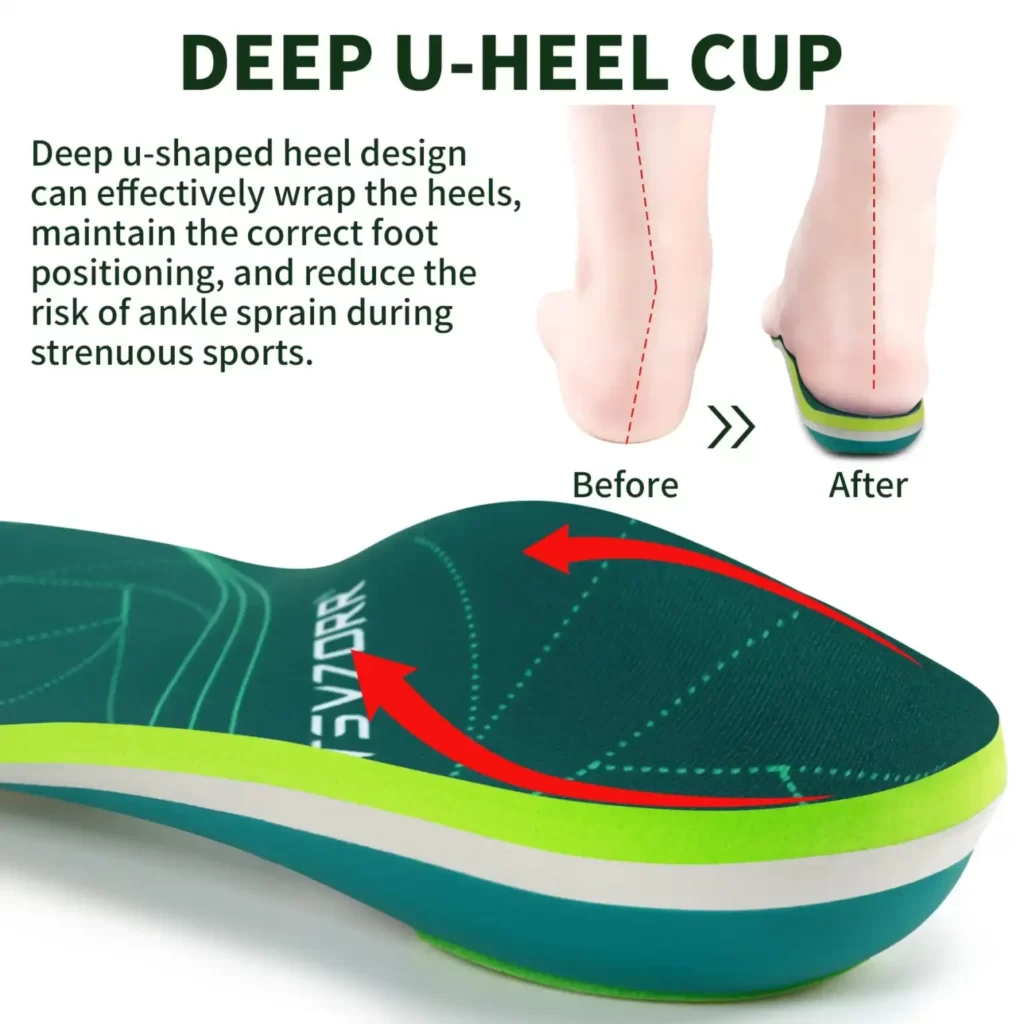
- Deep Heel Cup: This feature keeps the heel in place, preventing rubbing against footwear.
- Contoured Design: A shape that matches the foot’s natural arch can help distribute pressure evenly.
Proper contouring of the insole prevents hot spots that can lead to blisters. Ensure that the heel cup is not too rigid, as flexibility can enhance comfort.
Breathable Fabrics and Moisture Control
Moisture can lead to blisters, making breathability an important feature. Insoles made from breathable materials help wick away sweat. Look for:
- Mesh Fabrics: These allow for air circulation, keeping feet dry.
- Moisture-Wicking Technology: Advanced materials draw moisture away from the skin, reducing the likelihood of blisters.
Choosing insoles that prioritize breathability will help maintain comfort during extended wear. Proper moisture control can significantly reduce friction, further protecting the skin from blisters.
Top Recommended Insoles for Blisters
Finding the right insoles can help prevent blisters during activities. The following options are popular for their comfort and support.
- Roaming Feet ComfortMax Insoles
Price: $39.99
These insoles provide cushioning to reduce friction and help avoid blisters. They are soft and designed for all-day wear. - Superfeet Green Insoles
Price: $55
Known for their support, these insoles stabilize the foot. They can help prevent blisters by minimizing movement inside the shoe. - Spenco RX Comfort Insole
Price: $16
With good padding, this insole is suitable for those standing or walking all day. It absorbs shock and reduces pressure on sensitive areas. - Vionic Slimfit Orthotic Insoles
Price: $40
These insoles feature arch support and cushioning. They help to keep the foot aligned, which can reduce the risk of blisters.
Using high-quality insoles can make a big difference in foot comfort. Choosing the right one can help people enjoy their activities without the pain of blisters.
Proper Insole Fitting and Customization
Proper fitting of insoles is essential for comfort and effectiveness. Ill-fitting insoles can lead to blisters and other foot problems.
Key Steps for Fitting Insoles:
- Measure Foot Size: He or she should measure both feet, as one may be larger than the other.
- Choose the Right Arch Support: Insoles come in different arch types. Identifying whether a person has low, medium, or high arches is important for support.
- Trim to Fit: Many insoles can be trimmed to size. Users should closely follow the trimming guidelines provided.
Customization Options:
- Heat Molding: Some insoles can be heated to fit the unique shape of the foot. This method provides a custom feel.
- Gel Inserts: Adding gel pads where extra cushioning is needed can enhance comfort.
Testing the Fit:
- Test in Shoes: After fitting, wear the insoles in shoes for a short period to assess comfort before long-term use.
- Look for Pressure Points: Users should check for areas that feel tight or create pressure, as they can lead to blisters.
With proper fitting and customization, insoles can help minimize blister risk and improve overall foot health.
Care and Maintenance of Insoles
Caring for insoles properly can extend their life and keep them effective. Here are some simple steps to follow:
- Regular Cleaning:
- Remove insoles from shoes and wash them regularly.
- Use mild soap and water to clean, then rinse thoroughly.
- Air dry them completely; do not use direct heat.
- Drying:
- Always dry insoles at room temperature.
- Avoid placing them in the dryer or near a heater as this can warp them.
- Odor Control:
- Sprinkle baking soda on insoles and let it sit overnight to absorb odors.
- Alternatively, use foot powder to help prevent moisture buildup.
- Storage:
- Store insoles in a dry place when not in use.
- Keep them flat to maintain their shape.
- Replacement:
- Inspect insoles regularly for signs of wear, such as thinning or cracking.
- Replace them as needed, especially if they lose their cushioning or support.
Following these steps can help maintain insoles and improve comfort during use. Regular care keeps them clean and functional, which is essential for preventing blisters.
When to Replace Your Insoles
Replacing insoles is important for foot health and comfort. It is key to recognize the signs that your insoles need a change.
Signs to Replace Insoles:
- Visible Damage: Cracks or tears can reduce support.
- Flatness: Loss of cushioning means less comfort.
- Unpleasant Odor: Persistent smells indicate bacteria growth.
- Pain or Discomfort: New soreness may mean insoles are worn out.
Recommended Replacement Timeline:
- Every 6 months: For regular, everyday use.
- Every 300-500 miles: For running or high-activity sports.
Individuals should pay attention to wear patterns and personal experience. If discomfort increases, it may signal time for new insoles.
Care Tips:
- Regularly clean them to extend life.
- Store in a dry place to prevent moisture buildup.
Monitoring insoles can help maintain foot health and provide proper support. Keeping an eye on their condition ensures comfort during daily activities.

